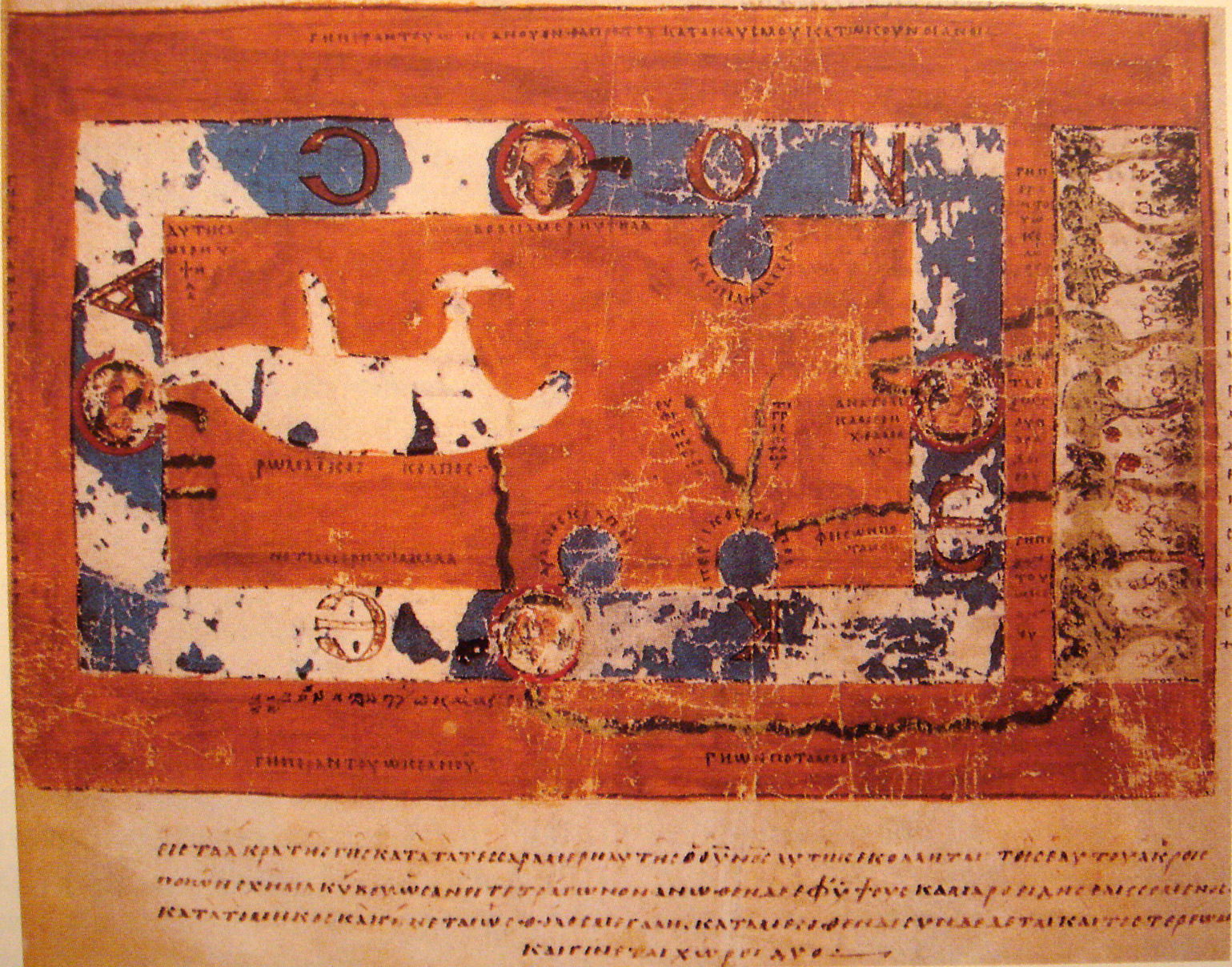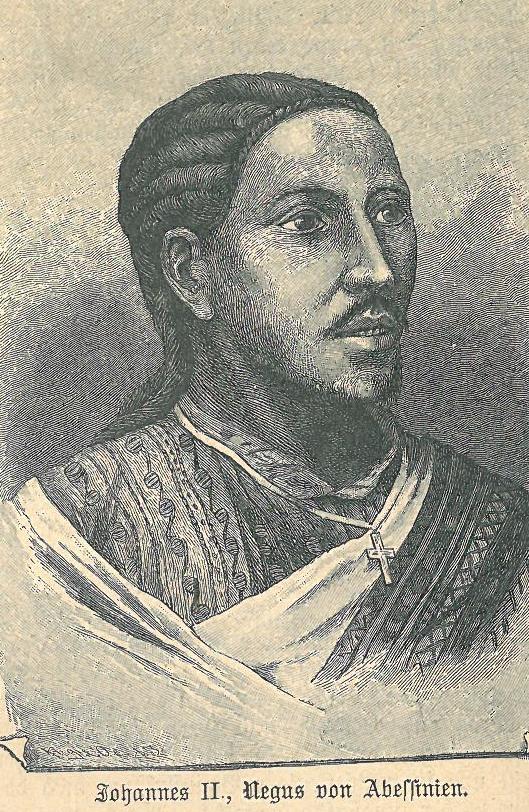|
Tigrayan People
Tigrayans ( ti, ተጋሩ) are a Semitic-speaking ethnic group indigenous to the Tigray Region of northern Ethiopia. They speak the Tigrinya language, an Afroasiatic language belonging to the Ethiopian Semitic branch. The daily life of Tigrayans is highly influenced by religious concepts. For example, the Christian Orthodox fasting periods are strictly observed, especially in Tigray; but also traditional local beliefs such as in spirits, are widespread. In Tigray the language of the church remains exclusively Ge’ez. Tigrayan society is marked by a strong ideal of communitarianism and, especially in the rural sphere, by egalitarian principles. This does not exclude an important role of gerontocratic rules and in some regions such as the wider Adwa area, formerly the prevalence of feudal lords, who, however, still had to respect the local land rights. History The majority of Tigrayans trace their origin to early Semitic-speaking peoples whose presence in the region date ... [...More Info...] [...Related Items...] OR: [Wikipedia] [Google] [Baidu] |
Tigrinya Language
(; also spelled Tigrigna) is an Ethio-Semitic language commonly spoken Eritrea and in northern Ethiopia's Tigray Region by the Tigrinya and Tigrayan peoples. It is also spoken by the global diaspora of these regions. History and literature Although it differs markedly from the Geʽez (Classical Ethiopic) language, for instance in having phrasal verbs, and in using a word order that places the main verb last instead of first in the sentence—there is a strong influence of Geʽez on Tigrinya literature, especially with terms relating to Christian life, Biblical names, and so on. Ge'ez, because of its status in Ethiopian culture, and possibly also its simple structure, acted as a literary medium until relatively recent times. The earliest written example of Tigrinya is a text of local laws found in the district of Logosarda, Debub Region in Southern Eritrea, which dates from the 13th century. In Eritrea, during British administration, the Ministry of Information put out a we ... [...More Info...] [...Related Items...] OR: [Wikipedia] [Google] [Baidu] |
Cosmas Indicopleustes
Cosmas Indicopleustes ( grc-x-koine, Κοσμᾶς Ἰνδικοπλεύστης, lit=Cosmas who sailed to India; also known as Cosmas the Monk) was a Greek merchant and later hermit from Alexandria of Egypt. He was a 6th-century traveller who made several voyages to India during the reign of emperor Justinian. His work '' Christian Topography'' contained some of the earliest and most famous world maps.''Encyclopædia Britannica'', 2008, O.Ed, Cosmas Indicopleustes. Cosmas was a pupil of the East Syriac Patriarch Aba I and was himself a follower of the Church of the East. Voyage Around AD 550, while a monk in the retirement of a Sinai cloister, Cosmas wrote the once-copiously illustrated '' Christian Topography'', a work partly based on his personal experiences as a merchant on the Red Sea and Indian Ocean in the early 6th century. His description of India and Ceylon during the 6th century is invaluable to historians. Cosmas seems to have personally visited the Kingdom of Axum in ... [...More Info...] [...Related Items...] OR: [Wikipedia] [Google] [Baidu] |
Amhara People
Amharas ( am, አማራ, Āmara; gez, ዐምሐራ, ʾÄməḥära) are a Semitic-speaking ethnic group which is indigenous to Ethiopia, traditionally inhabiting parts of the northwest Highlands of Ethiopia, particularly inhabiting the Amhara Region. According to the 2007 national census, Amharas numbered 19,867,817 individuals, comprising 26.9% of Ethiopia's population, and they are mostly Oriental Orthodox Christian (members of the Ethiopian Orthodox Tewahedo Church). They are also found within the Ethiopian expatriate community, particularly in North America. They speak Amharic, an Afro-Asiatic language of the Semitic branch which serves as one of the five official languages of Ethiopia. As of 2018, Amharic has over 32 million native speakers and 25 million second language speakers. Various scholars have classified the Amharas and neighboring populations as Abyssinians. Origin The earliest extants of the Amhara as a people, dates to the early 12th century in the middle ... [...More Info...] [...Related Items...] OR: [Wikipedia] [Google] [Baidu] |
Oromo People
The Oromo (pron. Oromo language, Oromo: ''Oromoo'') are a Cushitic people, Cushitic ethnic group native to the Oromia region of Ethiopia and parts of Northern Kenya, who speak the Oromo language (also called ''Afaan Oromoo'' or ''Oromiffa''), which is part of the Cushitic languages, Cushitic branch of the Afroasiatic language family. They are the largest List of ethnic groups in Ethiopia, ethnic group in Ethiopia and represent a large portion of Ethiopia's population. The Oromo people traditionally used the ''gadaa'' system as the primary form of governance.Harold G. MarcuA History of Ethiopia University of California Press (1994) pp. 55 Google Books A leader is elected by the ''gadaa'' system and their term lasts eight years, with an election taking place at the end of those eight years. Although most modern Oromos are Muslims and Christians, about 3% practice Waaqeffanna, the native ancient monotheistic religion of Oromos. Origins and nomenclature The Oromo people are one o ... [...More Info...] [...Related Items...] OR: [Wikipedia] [Google] [Baidu] |
Periplous Of The Erythraean Sea
A periplus (), or periplous, is a manuscript document that lists the ports and coastal landmarks, in order and with approximate intervening distances, that the captain of a vessel could expect to find along a shore. In that sense, the periplus was a type of log and served the same purpose as the later Roman itinerarium of road stops. However, the Greek navigators added various notes, which, if they were professional geographers, as many were, became part of their own additions to Greek geography. The form of the ''periplus'' is at least as old as the earliest Greek historian, the Ionian Hecataeus of Miletus. The works of Herodotus and Thucydides contain passages that appear to have been based on ''peripli''. Etymology ''Periplus'' is the Latinization of the Ancient Greek, Greek word περίπλους (''periplous'', contracted from περίπλοος ''periploos''), which is "a sailing-around." Both segments, ''peri-'' and ''-plous'', were independently Productivity (linguistics ... [...More Info...] [...Related Items...] OR: [Wikipedia] [Google] [Baidu] |
Shire Inda Selassie
Shire (, ; , ), also known as Inda Selassie (, meaning "House of the Trinity"), is a city and separate woreda in the Tigray Region of Ethiopia. The city is the administrative center of the Semien Mi'irabawi Zone. It was part of Tahtay Koraro district. History Origin An early mention of Shire is in one of the three surviving charters of Emperor Dawit I (r. 1382-1412). 20th century As part of the Second Italo-Ethiopian War, Italian units under General Pietro Badoglio advanced out of Axum on 29 February 1936 to attack the Ethiopian army under ''Ras'' Imru Haile Selassie deployed around Shire in an action known as the Battle of Shire. Despite determined Ethiopian resistance, by 3 March the Italians had resumed their advance and shortly afterwards crossed the Tekezé River. After the restoration of the monarchy in 1941, Shire served as the capital of the Shire sub-region until the administrative reorganization of the nation following the adoption of the 1995 Ethiopian Cons ... [...More Info...] [...Related Items...] OR: [Wikipedia] [Google] [Baidu] |
Tembien Province
Tembien (Tigrigna: ተምቤን) is a historic region in Tigray Region and former provinces of Ethiopia. It is a mountainous area of that country. During the reforms in 1994–95, the old provinces were replaced with regions of Ethiopia, regions, zones of Ethiopia, zones and woredas. The area of the former province is now split over the woredas of Dogua Tembien and Kola Tembien. It was located east of the Semien Province and north of Abergele (woreda), Abergele, a historic district of the Begemder province. On the east, it was bordered by the Enderta Province. The original capital of the province was Melfa (Dogu'a Tembien), Melfa, west of the current town of Hagere Selam (Degua Tembien), Hagere Selam; later on Abiy Addi, nowadays located in Kola Tembien (''Lower Tembien''), became the capital. The region reached a highpoint in the Tsatsen mountains at 2828 meters above sea level, just south of Hagere Selam. Prehistory Tembien holds numerous prehistoric sites, which have been d ... [...More Info...] [...Related Items...] OR: [Wikipedia] [Google] [Baidu] |
Agame
Agame () was a former province in northern Ethiopia. It includes the northeastern corner of the Ethiopian Empire, borders Akele Guzai in Eritrea, Tembien, Kalatta Awlalo and Enderta in the south, and both the Eritrean and Ethiopian Afar lowlands in the east. This relative location of Agame is at the strategic crossroads between the Red Sea coast and the interior of southern Eritrea, on the one hand, and the northern Tigrayan plateau on the other. In pre-1991, Agame had a total area of about with an estimated population of 344,800. History 980 BC – 940 AD Agame is one of the oldest regions of Ethiopia, being part of the Kingdom of D'mt in northern Ethiopia and Eritrea that would develop into the Kingdom of Aksum. It was a main center of Aksumite culture (second only to Central Tigray, where the capital was located), with a distinct sub-culture that separated the two regions from that of Central Tigray ( Shire, Axum, Yeha), Central Eritrea (Seraye, Hamasien, Akele Guzai an ... [...More Info...] [...Related Items...] OR: [Wikipedia] [Google] [Baidu] |
List Of Rulers Of Shewa
This article lists the rulers of Shewa, a historical region of Ethiopia. Claiming Solomonic descent, Negasi Krestos established Shewa as an autonomous region of the weakening Ethiopian Empire in the 17th century before requesting the title of Meridazmatch, which would be adopted by his successors, and beginning a southern expansion of his realm that would culminate in his descendant Menelik's Expansions. List of the rulers of Shewa All rulers were members of the Solomonic dynasty. See also *Zemene Mesafint The Zemene Mesafint ( gez, ዘመነ መሳፍንት ''zamana masāfint'', modern: ''zemene mesāfint'', variously translated "Era of Judges," "Era of the Princes," "Age of Princes," etc.; named after the Book of Judges) was a period in Ethiop ... External linksWorld Statesmen – Ethiopia (Shewa/Shoa) {{DEFAULTSORT:Shewa Rulers [...More Info...] [...Related Items...] OR: [Wikipedia] [Google] [Baidu] |
Henry Salt (Egyptologist)
Henry Salt (14 June 178030 October 1827) was an English artist, traveller, collector of antiquities, diplomat, and Egyptologist. Biography Early life Salt, the son of Thomas Salt who was a physician and Alice ''née'' Butt, was born in Lichfield on 14 June 1780. He was the youngest of eight children and went to school in Lichfield, Market Bosworth, and then in Birmingham under where his brother John Butt Salt taught. He took an early interest in portrait painting. While in Lichfield, he studied under a watercolour artist, John Glover, and in 1789, he went to London where he first studied under Joseph Farington and later under John Hoppner. After a time, he gave up portrait painting, having failed to build up a reputation. Early travels Salt found a position with the English nobleman George Annesley, Viscount Valentia, travelling as his secretary and draughtsman, recommended by Thomas Simon Butt. They started on an eastern tour in June 1802, sailing on the British East India ... [...More Info...] [...Related Items...] OR: [Wikipedia] [Google] [Baidu] |






